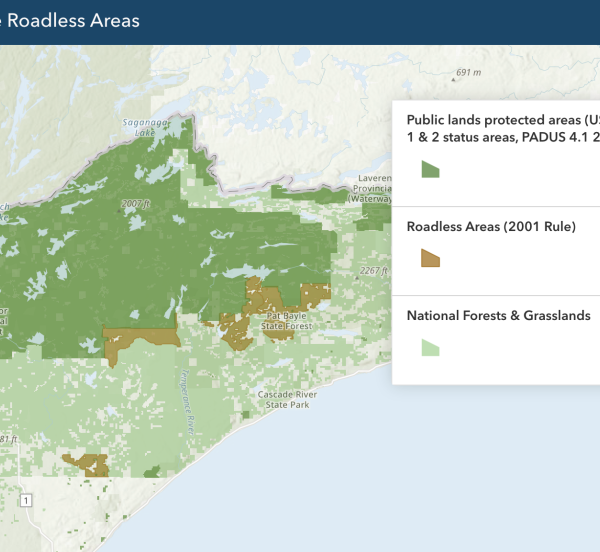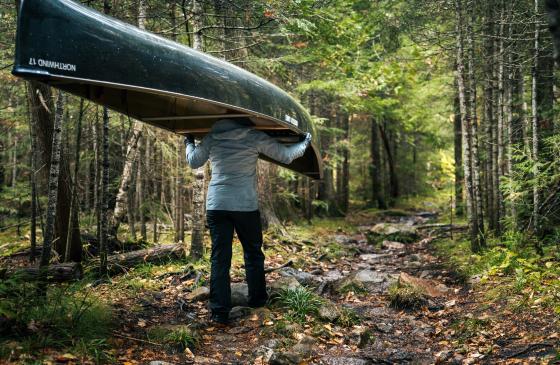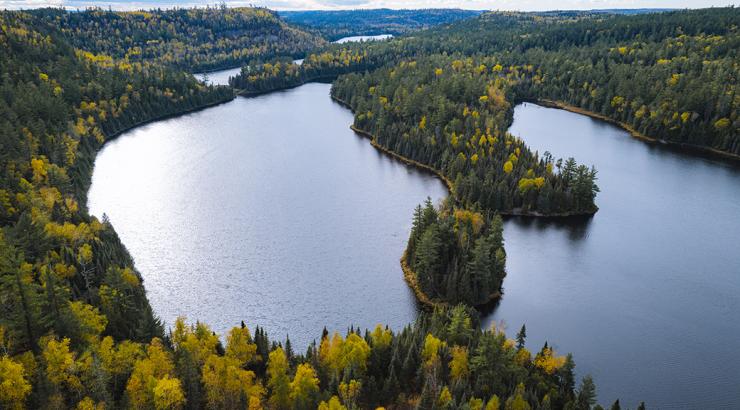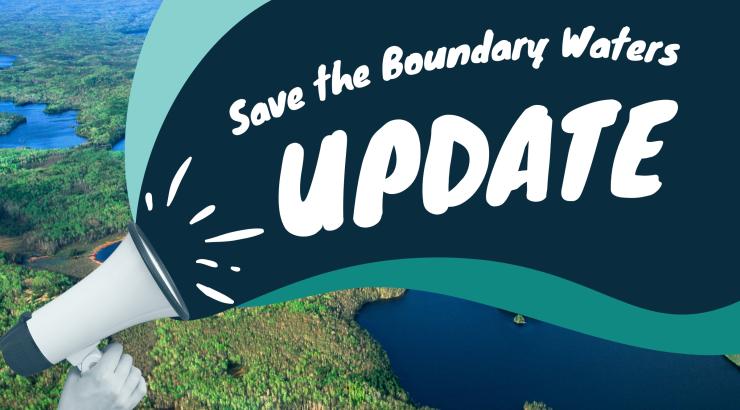The Roadless Rule is under attack—and with it, America’s most intact forests.
For nearly 25 years, the Roadless Area Conservation Rule has protected 58.5 million acres of national forest across 39 states from roadbuilding, logging, and fragmentation. These lands—some of America’s most intact and healthy forests—provide clean drinking water, store carbon, safeguard wildlife habitat, and offer unmatched opportunities to hike, camp, hunt, fish, and explore.
Now, the federal administration is moving to repeal the Roadless Rule. On August 29, 2025, the USDA published a Notice of Intent to rescind the policy and open up 45 million acres of public lands to new road construction and commercial logging. Even worse, the public has just 21 days—until September 19—to weigh in.
Repealing the Roadless Rule would irreversibly damage forests across the country and here in Minnesota. The Boundary Waters has been managed as a roadless area since 1902, and losing this protection would open the door to roadbuilding in some of the last intact wildlands in the eastern United States—lands where generations have paddled, hunted, fished, and found peace in true wilderness. Once these places are gone, we can’t get them back.
The Wilderness Society found that wildfire considerations are a better reason to retain the roadless-area restrictions, not to lift them. The organization said its own study showed that from 1992 to 2024, wildfire ignitions were lowest in wilderness areas, and second-lowest in inventoried roadless areas. Ignitions were highest within 50 meters of a road, and next-highest in areas beyond 100 meters of a road but not in wilderness or roadless areas, the Wilderness Society said.
Now is the moment to act. Submit a comment today and tell the Forest Service: Keep the Roadless Rule in place. Protect America’s wild forests.

Roadless Rule and the Boundary Waters.



